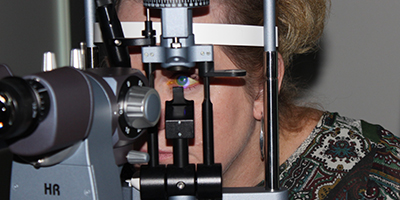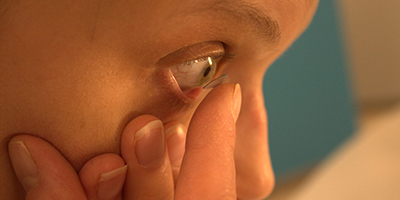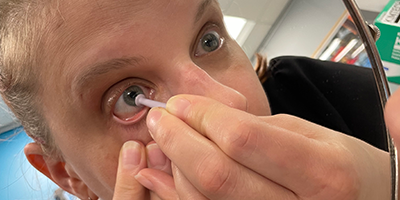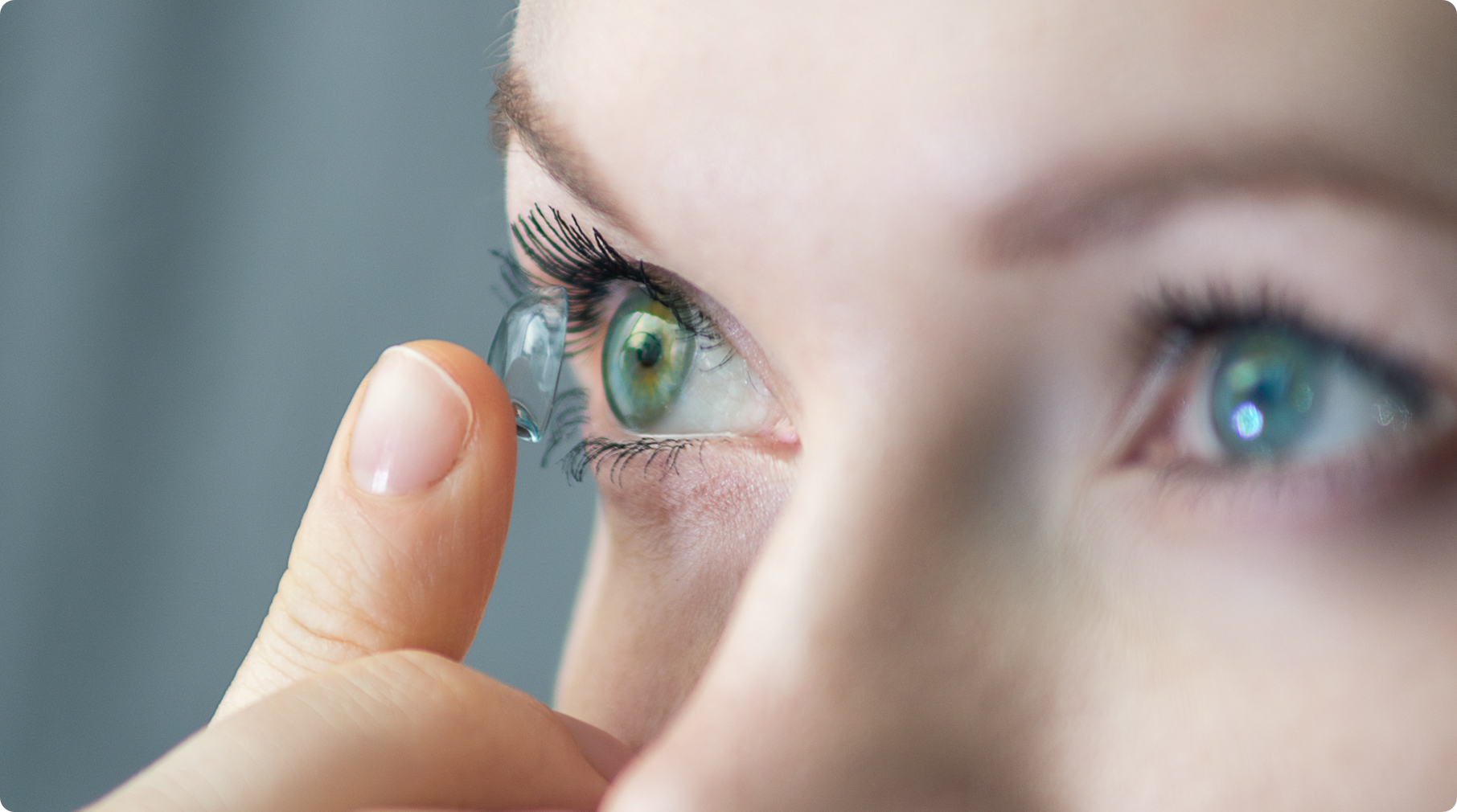
Tangible® Hydra-PEG®
It’s an axiom that clean contact lenses are comfortable contact lenses. We preach this to patients and we also might know this from our own personal wearing experience. It’s why the training of new patients is key and why lens care should be routinely discussed at every office visit with those patients wearing reusable lenses.
Hydrogel and GP material manufacturers have been in constant pursuit to develop polymers that stay clean, stay wet, and resist deposit and film formation. Polymethylmethacrylate (PMMA), the original “hard” lens, met this criteria – but didn’t provide for enough oxygen transmission for the metabolic necessities of the cornea.
The search has been on for decades to solve this issue. Ultimately, soft lenses became more disposable over time to ensure clean lenses were always being worn. For GP’s whose lifespan may be 12-18 months, or more, this issue remained.
That is, this issue remained...... until 2017.
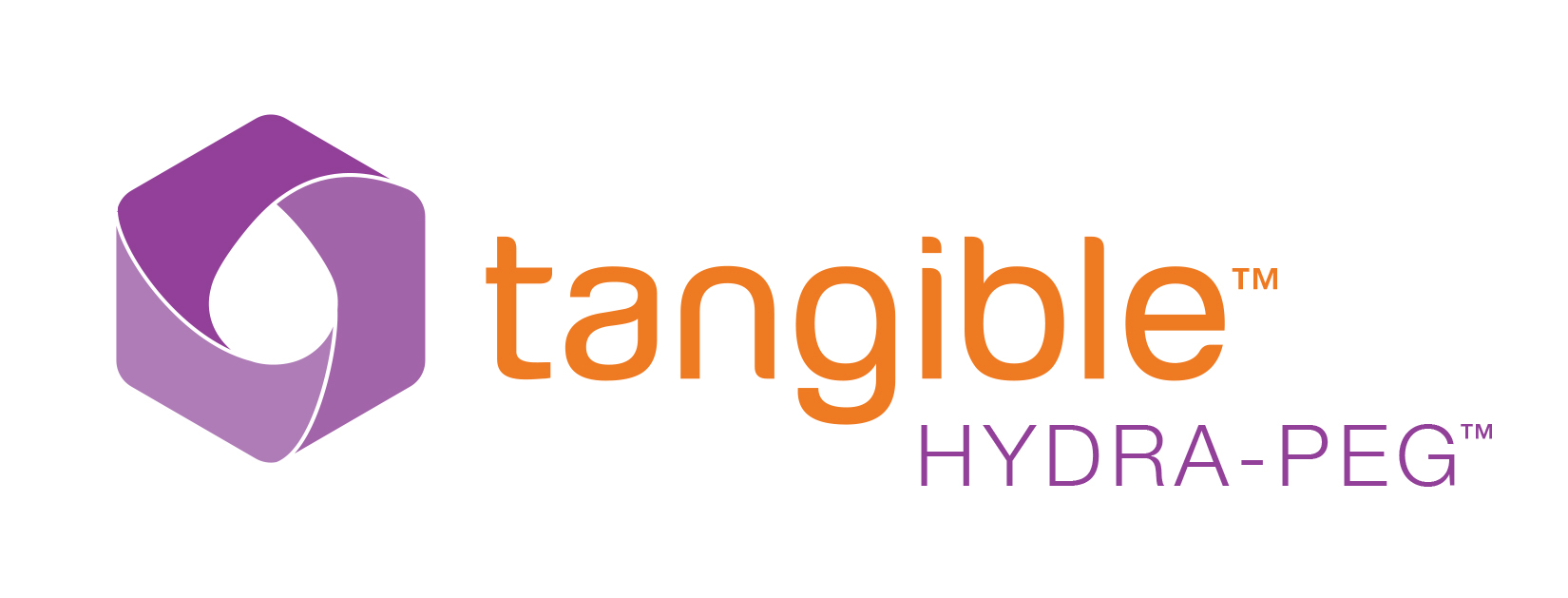
Tangible® Hydra-PEG® launched with claims to improve wettability, increase surface water retention and lubricity, and minimize lens deposits on the lens.
The high-water polymer coating is permanently bonded to the contact lens surface, creating a wetting surface that encapsulates the underlying lens material, while enabling it to integrate easily into the ocular environment without disrupting the tear film.
The images below illustrate how Tangible® Hydra-PEG® works. Figure 1 is that of a normal tear film with all layers functioning as expected. Figure 2 demonstrates the disruption of tears, primarily within the lipid layer when a contact lens is placed on the eye and films, leading to deposits forming. Applying Hydra-PEG® to the lens re-establishes the normal ocular environment with the lipid layer, once again, while intact resulting in the lens surfaces wetting well. This is especially true for those patients with dry eye syndrome and similar etiology.
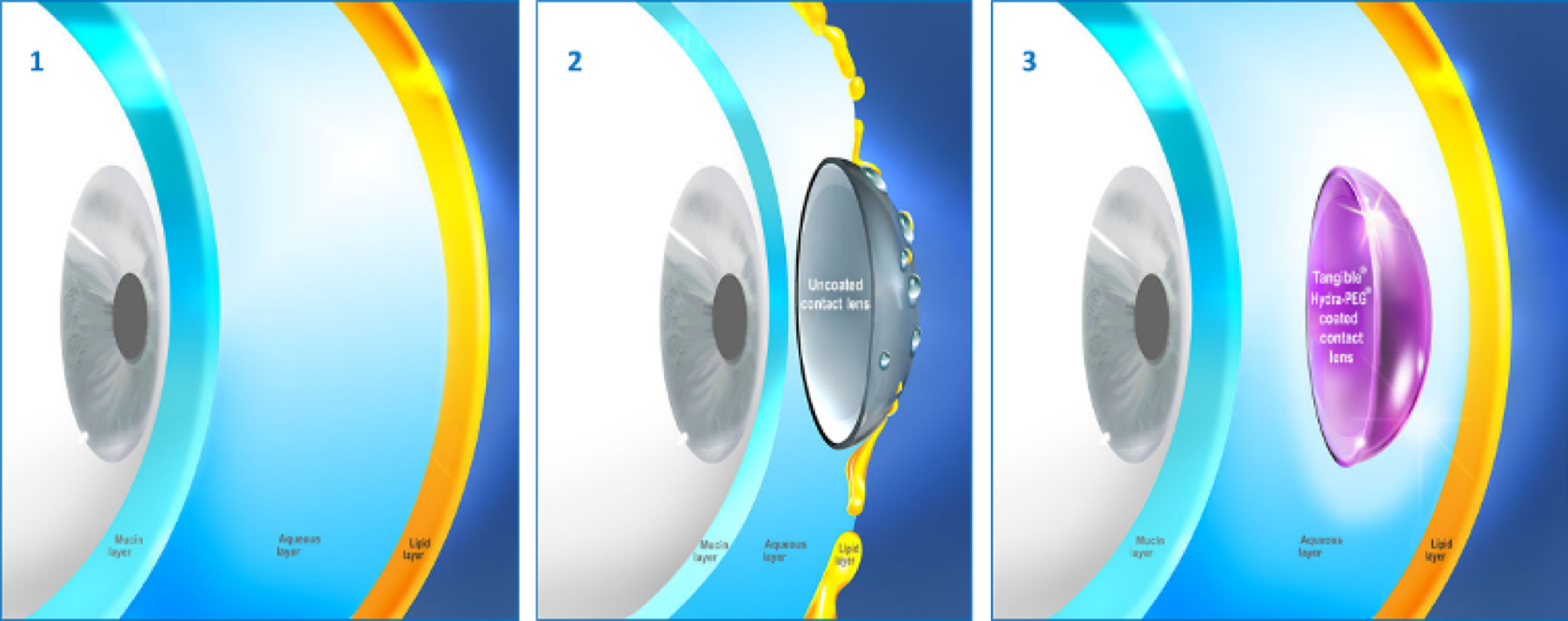
A Mickles, Harthan and Barnett 2019 study “A Surface Treatment Solution for Scleral Lens Wearers with Dry Eye” was initiated to compare lens comfort and dry eye (DE) symptoms of scleral lens (SL) wearers fit with Tangible Hydra-PEG treated compared to untreated scleral lens (SL) wearers.
This study assessed dry eye signs, comfortable lens wearing time, vision quality, and lens related ocular surfaces changes. The results demonstrated that the Tangible Hydra-PEG treated scleral lenses provided superior comfort and improved dry eye symptoms, compared to the untreated lenses. Additionally, lens-related ocular surface changes and frequency of foggy vision were reduced with Tangible Hydra-PEG treated lens wear.
Clinically, what does this mean?
The images below are of scleral GP lenses on the same patient’s eye. Figure 1 exhibits a patient that presented to the office with oily films and deposits. Figure 2 shows a patient after Hydra-PEG® was used with a similar amount of lens wearing time. Note the absence of the films and deposits, resulting in the longer wearing time and increased comfort.
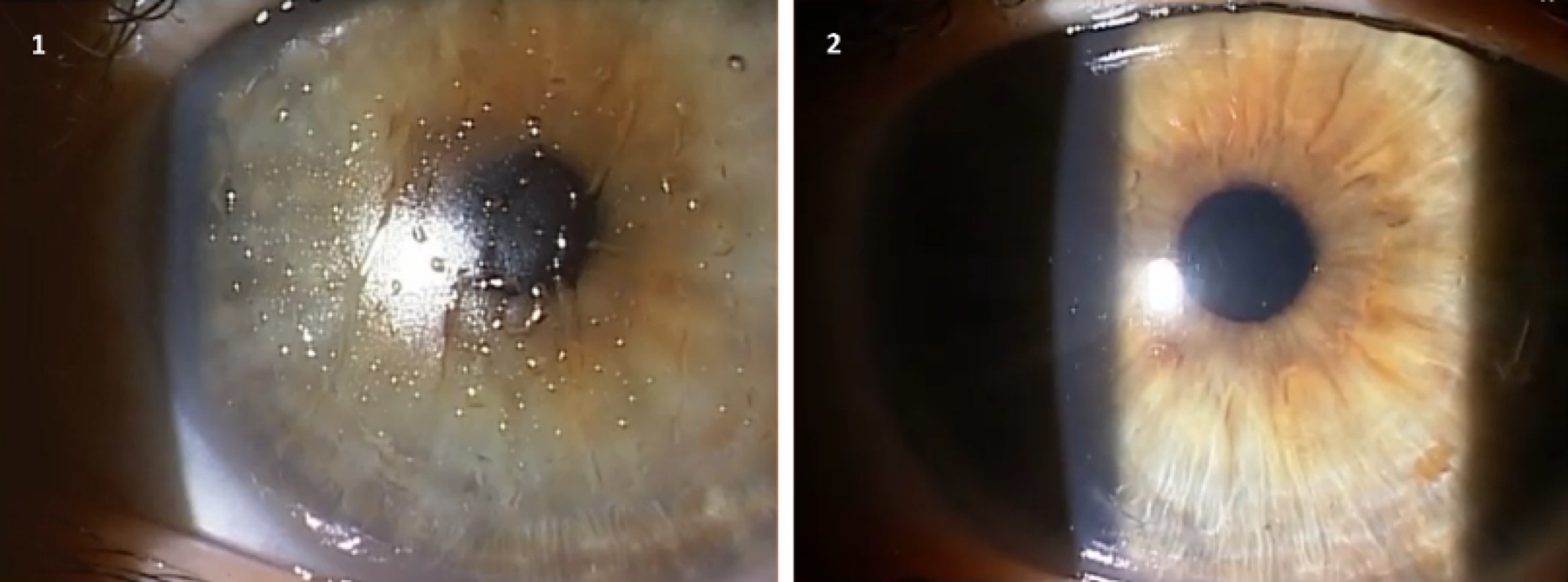
What’s next? Stay tuned for our next newsletter where we’ll discuss specific lens care products that can enhance the efficacy of Tangible® Hydra-PEG® even more.
Contact your ABB Specialty Vision Products Team at lunchandlearn@abboptical.com for additional information regarding staff training webinars and training opportunities.

